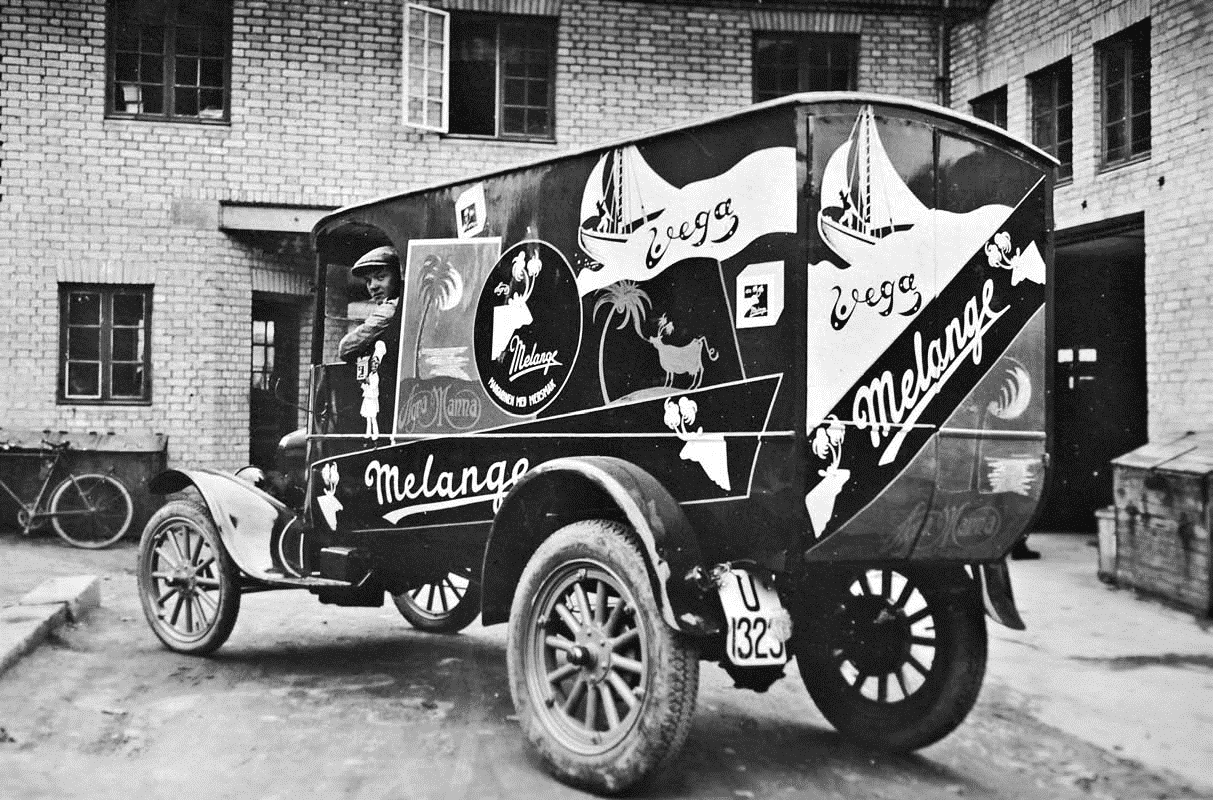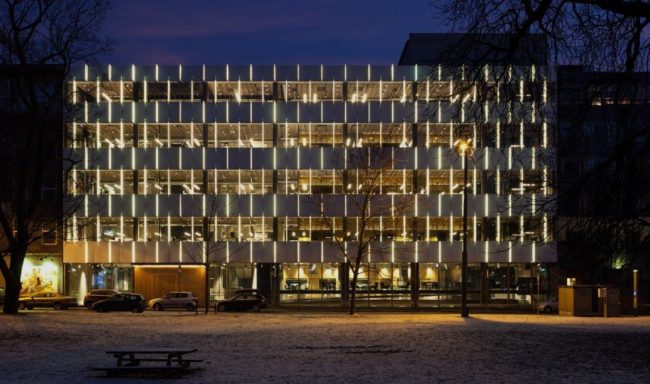
History
In 1885, K.K. Heje from Flå in Hallingdal, founded A/S Agra Margarine Factory at Grünerløkka in Oslo. The Agra Group’s head office is still located at the same address, and the company is still owned and managed by the Heje family.
In 1885, K.K. Heje from Flå in Hallingdal, founded A/S Agra Margarine Factory in Grünerløkka in Oslo. The Agra Group’s head office is still located at the same address, and the company is still owned and managed by the Heje family. Through organic growth and acquisitions, Agra has become a significant player in food production throughout Scandinavia.
Active ownership has been a continuous thread throughout the history of the company. The challenges have changed over the years, with industrial structure, brands and consumer understanding at the heart of the company.
Margarine was the starting point, and Melange is one of Norway’s oldest and most famous brands. Melange was launched in 1919 and quickly became a huge success.
Agra played a leading role when A/S Margarincentralen was founded in 1936. After World War II came prosperity and a market with high purchasing power that demanded new and exciting products. Margarincentalen started with the Mills products that currently account for the largest share of sales.
Agra played a leading role when A/S Margarincentralen was founded in 1936. After World War II came prosperity and a market with purchasing power that demanded new and exciting products. Margarincentalen started with the Mills products which today accounts for the largest proportion of sales.

New factories were built, and in 1970 A/S Delikat Factories in Drammen were purchased. Margarincentralen became Forenede Margarinfabrikker (Forma) after a merger in 1970. Agra only owned 19 per cent of Forma and, like its other shareholders, Agra was merely a producer of margarine and Mills products. Eventually, it became clear that Forma had a less than optimal shareholder structure and too many production sites.
It was clear that the company needed to be restructured. In the years that followed, Agra acquired the other shareholders. The final step towards a full takeover came with the purchase of Mustad Industrier’s position in Forma in 1995. With this, Agra had acquired full control and streamlined the production structure and merged sales, marketing and production into a new business: Mills DA in 1997. Eventually, in 2002, Delikat was also merged with Mills.
On Agra’s 120th anniversary in 2005, it could be ascertained that the group in Grünerløkka had become one of the leading food companies in the Nordic Region. Unilever, however, was still clearly represented with 34 per cent of the shares. In 2015, Unilever’s shares were repurchased and Agra once again became a one hundred percent Norwegian-owned family company.

The next year, Agra and Mills moved into the new and award-winning premises at Sofienbergparken. The former factory had been converted into an office building with a professional food centre and commercial kitchen in the basement. The production that used to take place there before had been moved to the Mills factory in Fredrikstad.
In 2020, there were changes in group management. Knut G. Heje resigned as CEO after 42 years and became chairman of Agra. Knut K. Heje stepped down from his position as Managing Director of Mills and took over as CEO of Agra.
In order to realise the Agra Group’s vision and business concept, businesses have over the years been built up in Sweden and Denmark:
Sweden:
1994: Delikat purchases Rubin Partysallad
1995: Agra’s Delikat subsidiary acquires Rydbergs Sallader
2010: Fjällbrynt products are purchased by Foodmark
2015: Lohmanders AB is purchased by Foodmark
Denmark:
2003: Agra purchases Graasten Salater AS
2008: Stryhns AS is acquired by Agra and merged with Graasten Salater AS
2015: Stryhns acquires Hafnia AS and Royal AS
2016: Stryhns acquires Jensens Køkken
2017: K-salad becomes part of Stryhns Gruppen
2023: Stryhns Gruppen purchases Delitaste